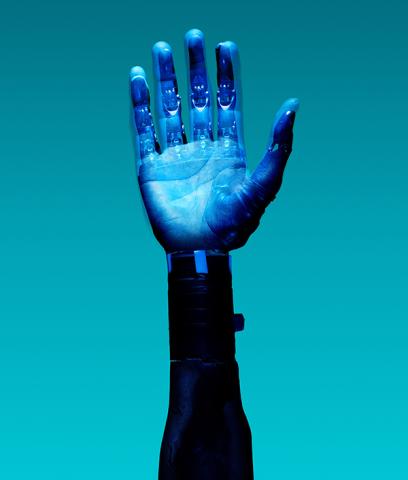AI: Artist’s friend or foe?

AI has tremendous potential when it comes to data-intensive tasks, such as accounting. Imagine auditing millions of records in seconds and revealing a short list of anomalies to look at. AI also has far-reaching implications for complex data modeling. It has the ability to consume and categorize vast amounts of information exponentially faster than people. This ability, however, is also being applied to consuming art and literature to create varied derivatives. As we see an ever-increasing flow of AI generated art hitting markets from commercial applications to “fine art,” the question arises, “Is this a good thing?”
To paraphrase one writer, “I don’t need and AI that writes or creates art for me. I need an AI that does the dishes, so I have more time to write and create art.” If all we wanted was the finished product to consume, AI art and stories might suffice. Artists and storytellers know that all the galleries and libraries can’t replace the act of creating. Some have said that shopping is a form of creative replacement. In many ways, building something from a mere prompt is the same.
Our civilization is built on the stories we tell and the art we create. The creative process is part of how we grow as individuals and as a civilization. Part of studying art is to see the progression of a civilization’s art or even the progression in form and style of an individual artist. If we hand over our creative production to AI, are we handing it the foundation of our growth as a civilization and as artists?
On the other hand, some aspects of creating digital art or copyediting stories can be tedious and overburdened with repetition. In these cases, AI’s ability to find patterns and process repeat tasks can help artists focus on more creative aspects of their work. In video work, AI can find a pattern and augment it over time, rather than forcing the artist to spend hours moving frame by frame.
The trouble comes when we replace just helping with wholesale creation. Building an image from a prompt eliminates the personal touch and the heart that goes into creating art. It also brings into question authorship. An image generated from a prompt is created by the AI, not the person who wrote the prompt. So, who owns the image? Who holds the copyright on a story generated by AI?
I guess in the end, it comes down to whether an artist’s fulfillment comes from the work of creating something or seeing something that has been created.
